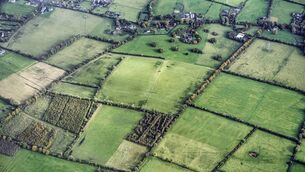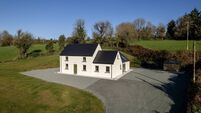How forestry grants could reduce river floods

The trees they plant on the high ground would hold water at source, which would greatly alleviate river flooding, says Friends of the Irish Environment spokesman Lowes.
“Research has shown that water sinks into the soil under native broadleaf trees at 67 times the rate at which it sinks into the soil under grass. This is due to the roots of the tree transforming the ground into a spongy reservoir which will absorb water and release it slowly.”










